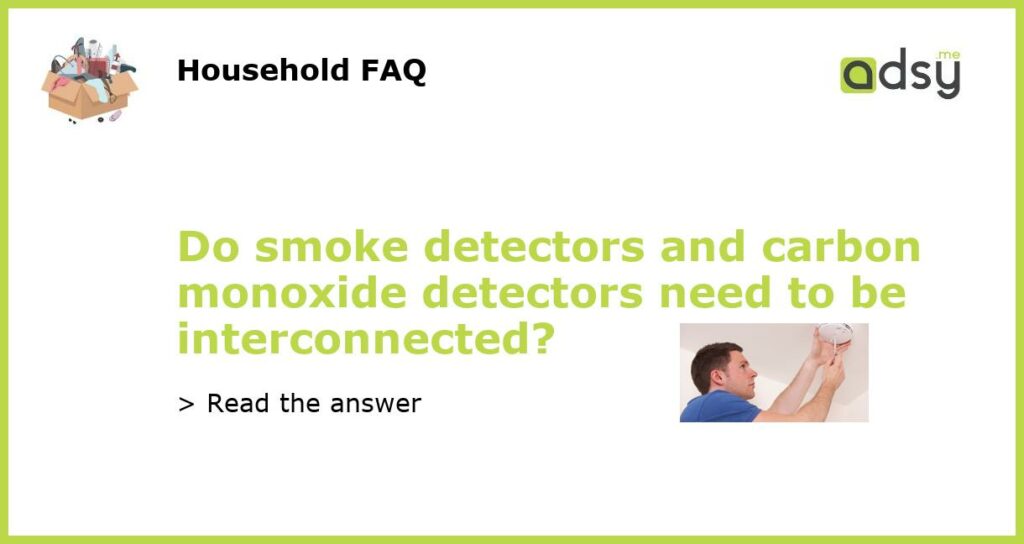Smoke Detectors and Carbon Monoxide Detectors: The Importance of Interconnection
Smoke detectors and carbon monoxide detectors are essential devices for keeping your home safe from two potentially deadly hazards: smoke and carbon monoxide (CO) gas. While each detector serves its own purpose, there is often confusion about whether or not these devices should be interconnected. In this article, we will discuss the importance of interconnecting smoke detectors and carbon monoxide detectors, and why it is crucial for the overall safety of your home.
What is Interconnection?
Interconnection refers to the linking of multiple detectors within a home. When smoke is detected in one area, interconnected smoke detectors will trigger all detectors in the home, alerting everyone to the potential danger. Similarly, interconnected carbon monoxide detectors will sound an alarm if any one of the detectors senses the presence of CO gas. Interconnection allows for quicker warning and provides early detection in cases where the danger may be hidden or restricted to a specific area.
Why Interconnect Smoke Detectors?
Interconnected smoke detectors offer several advantages over standalone devices. Firstly, they provide a higher level of safety by ensuring that everyone in the home is alerted simultaneously in the event of a fire. This prompt notification is especially critical when occupants are sleeping or in various parts of the house where they may not hear a standalone device. Secondly, interconnecting smoke detectors can extend the overall detection coverage in large homes or multi-story buildings. In this way, if a fire starts in one area, the alarm will sound throughout the entire home, enabling quicker evacuation.
Furthermore, interconnected smoke detectors can be especially beneficial for those with hearing impairments or individuals who rely on hearing aids. By connecting the detectors, individuals in different parts of the home can be notified through visual or tactile devices. This ensures that everyone is alerted, regardless of their ability to hear the alarm.
Why Interconnect Carbon Monoxide Detectors?
Interconnected carbon monoxide detectors are equally important for home safety. Carbon monoxide is an odorless, colorless gas that can be extremely dangerous if inhaled in high concentrations. By interconnecting these detectors, homeowners can ensure a faster response to the presence of CO gas, reducing the risk of illness or even death.
Interconnected carbon monoxide detectors provide a comprehensive safety net, especially in larger homes or buildings with multiple levels. If CO gas is detected in one area, interconnected detectors will sound an alarm throughout the entire home, providing ample time for occupants to evacuate and seek assistance.
Requirements for Interconnection
While interconnection is highly recommended, it is essential to follow specific guidelines and requirements to ensure proper functionality and compliance with local regulations. Here are a few key considerations:
- Make sure all interconnected detectors are compatible and come from the same manufacturer and product line for seamless communication.
- Ensure that all interconnected detectors are powered from the same source, either hardwired or through a wireless network.
- Regularly test the interconnected detectors to ensure they are functioning correctly and interconnected properly.
- Follow the manufacturer’s instructions for installation, placement, and maintenance to guarantee optimal performance.
The Bottom Line
Interconnecting smoke detectors and carbon monoxide detectors is a crucial step in enhancing the safety of your home. By linking these devices, you can benefit from faster detection, simultaneous alerts, and overall increased protection for your family and property. It is essential to understand the requirements and guidelines for interconnection to ensure proper functionality and compliance with local regulations. Remember, the safety and well-being of your loved ones are worth every effort you put into implementing these essential safety measures.

